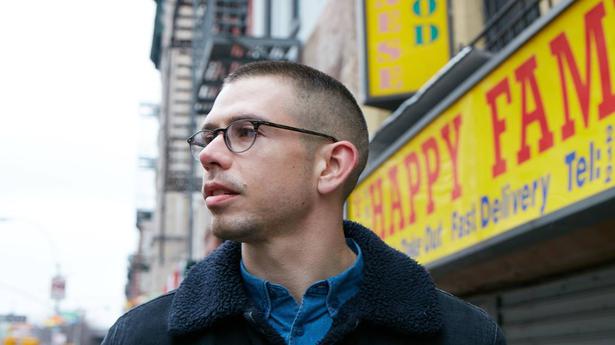
Stephen Karam on adapting his play ‘The Humans’ to screen, the business of low-budget films, and more
The Hindu
The 2016 Tony winner speaks about adapting his play ‘The Humans’ for the screen, the political nature of his plays, and the role that budget played in materialising his vision for his first film
Playwright, screenwriter and filmmaker Stephen Karam’s feature directorial debut The Humans is garnering critical acclaim internationally for its portrayal of anxieties that smear the dining tables of an average American household. Though set in a dingy apartment in Lower Manhattan, the universality of the concept has resonated with audiences globally.
Starring a fantastic cast with the likes of Jayne Houdyshell, Richard Jenkins, Amy Schumer, Beanie Feldstein, Steven Yeun and June Squibb, the narrative takes place over the course of one night, when the Blake family comes together for Thanksgiving at Brigid and her partner Richard’s lower Manhattan apartment. As the evening unfolds, the family member’s frustrations and insecurities are exposed as home truths and long-hidden secrets rise to the surface.
The Tony Award winner sat down for an exclusive interview with The Hindu to draw the curtains, and reveal the vision he had for his first film, and how it materialised on the screen.
Karam shot the one hour 48-minute film in 28 days and he attributes this feat to immaculate planning, preparation and the six actors he seems to never run out of praise for. He says that it was difficult to keep the budget small, but using creative ways to solve problems that arose concerning the issue of budget is what helped the movie transcend the stage and bring him joy. “The whole texture and feel of the movie was influenced by the budget in a good way. If someone gave me 40 million dollars to make this film, it would definitely be a different film, but I don’t think it would be a better film.”
He laughs as he mentions the likes of The Gray Man – the kind of movie he will not back to watch a second time. “Unlimited budgets and explosions don’t buy you the best movies,” he exclaims.
The Humans is unique when it comes to its relationship with the audience. From the initial scenes, it informs the viewer on how to go about watching the film. It makes the viewer a part of the story where the viewer plays the role of a voyeur. Karam credits his low budget for this directorial decision. In the film, characters are seen spilling in and out of the frame, and the camera is often stationary; it is locked off. Karam remarks that this was because they did not have the budget to take multiple takes and could not be liberal with their time. In an era where we are accustomed to excessive camera motion, he says he wanted the movement of the camera to be very motivated. “I wanted to make sure we knew why we were zooming in.”
This gives one the impression that not only is The Humans a valiant effort at adapting a Tony award-winning play to the screen, but also that the stylistic choices we’re exposed to as an audience arise most often out of necessity, making the financial anxieties of the characters in the film even more pronounced.













